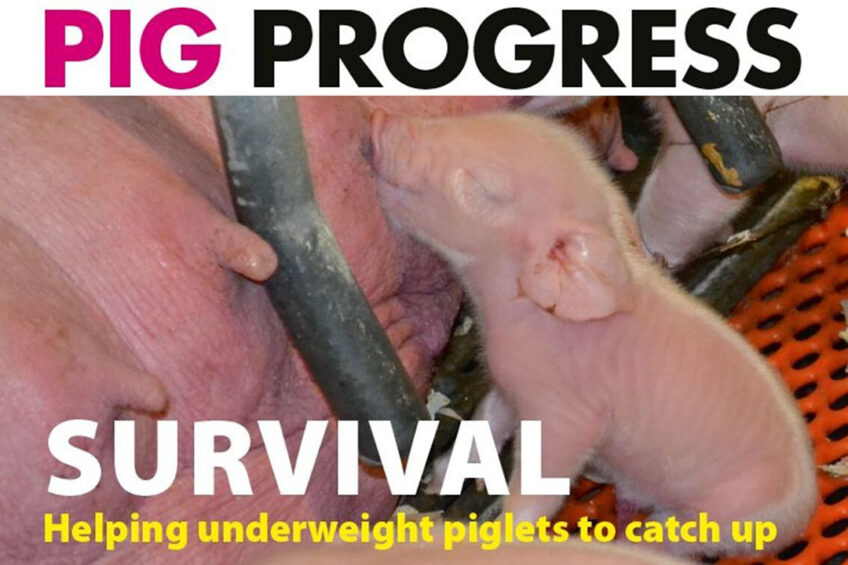Hormones, hygiene and half a million pigs in Pig Progress 3

The third edition of Pig Progress for 2021 is now available online. Between the covers of this edition is a closer look at the role of hormones during the transition period of a sow, a strategy to lower pre-weaning mortality and a method to achieve better hygiene under heated conditions.
View Pig Progress digital magazine
5 questions about the role of feed with ASFv
On pages 6-8, Dr Megan Niederwerder of Kansas State University delves into the answers to 5 important questions around the role of contaminated feed in the introduction and spread of ASFv.
Brazil reduces antibiotics inside and outside farms
Policies and principles are being implemented around the world to limit the use of antibiotics in livestock. On a path to meet higher standards and new regulations, Brazil tackles the situation from both outside and inside pig farms. Read more on pages 10-12.

Biofilms: The bacterial fortress
A common survival strategy used by bacteria, biofilms are a collective of one or more types of microorganisms that can grow on many different surfaces. Their inherent resistance to antimicrobial agents is at the root of recurrent bacterial infections in livestock rearing.

Cooling down for more hygiene, less ammonia
An increase in ambient temperatures can lead to pen fouling which leads to impaired hygiene and air quality and increased NH3 emissions. Swedish researchers tested 2 methods of cooling finishing pig houses with partly slatted floors and measured the effect on fouling behaviour, as reported on pages 16-17.

Column: New terminology and methods
On page 18, columnist Dr Casey Bradley discusses how the field of swine nutrition is ever evolving with new terminology and methods for formulating swine rations.
Interview: In charge of over half a million pigs
In an interview on pages 20-21, the CEO of Master Agroindustrial, Mario Faccin, who has spent 27 years building the company in Brazil, talks about his huge pig herd, how the animals are raised, what they are fed, disease management and other challenges in pig production in the country.

Capacity problems vanish with better weaner care
On a farm visit reported on pages 24-26, Dutch pig producer, Roy Hannen, details how he has created additional space inside the pig house by simply increasing the pig flow. Reporter Kees van Dooren took a look behind the scenes.

Improving the chances of piglet survival
In the article on pages 29-31, Dr Keelin O’Driscoll from Teagasc in Ireland details a strategy involving nesting, nurse sows and cross-fostering to lower pre-weaning mortality and help the majority of underweight piglets to catch up with the rest of the litter.

Animal-based proteins can be replaced in diets
Although consumed the least, nursery diets are the most complex and the most expensive by volume, so pig producers tend to look for other sources of protein components. Animal-based proteins, which are concentrated sources of amino acids, B-vitamins and minerals, as discussed on pages 32-33, can be included in early nursery diets.

Hormones: Essential to think of when feeding sows
This article on pages 35-36 offers insights into hormones. Nutrients and hormones play a critical role in regulating bodily functions during the transition period of a sow. Hormones are derived from nutrients, and so these components should not be forgotten.

Column: Protests for progress
On page 42, interdisciplinary researcher, Irene Camerlink, discusses the anticipation of further “rebellion against authorities” this year, also in the agriculture industry. With all the changes going on, she says it wouldn’t be surprising to see an uprising in pig farming as well…











